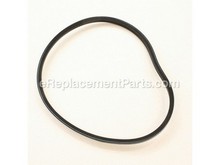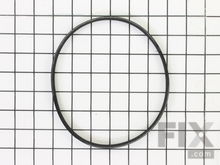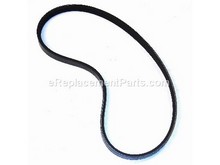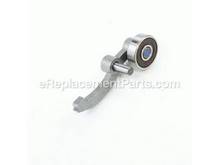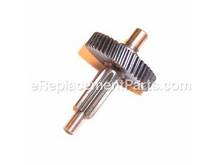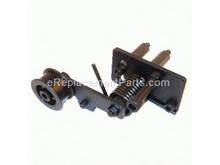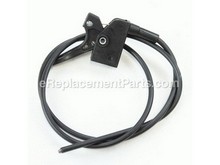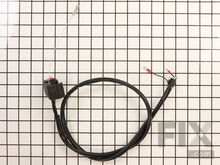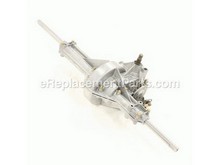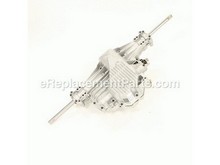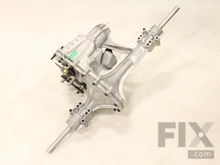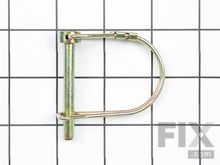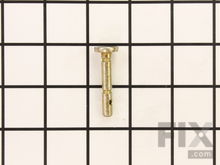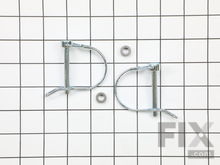How To Repair Tiller When Tines Do Not Move
- Rated as REALLY EASY
- 5 step by step videos
Belt
If your tiller engine is running normally but the tines will not engage or are not operating as they should, stop the engine and remove the belt cover to inspect the drive belt. The should have little to no slack, and be secure on its pulleys. If the belt is broken or any signs of damage or wear are present, replace the belt. If the belt tension is not correct, this can be fixed by adjusting one or more idler pulleys on the belt assembly. Refer to your user manual for specific information on how to perform this adjustment.
Idler Assembly
If the tiller engine runs but the tines do not, there issue may be with the idler assembly. The idler assembly may need adjusting if the drive belt is in place, but improperly tensioned. The idlers job is to tension the drive belt when the tines are running. It is normal for the assembly to need adjustments from time to time, and it also could fail if the idler pulley bearing fails or if the idler arm is bent. It is a good idea to inspect the idler regularly to ensure the components are working together properly before damage to other tiller parts can occur.
Engagement Cable
The engagement cable runs from the controls, and into the drive system. When the operator engages the tiller's controls, the engagement cable causes the idler assembly to engage the drive belt, which in turn prompts the rotation of the tines as well as the wheels of the drive system. If the engagement cable is loose or is not tensioned properly, it may need to be tightened or replaced altogether. This mechanism can lose tension over time and will require adjustments at some point. If the cable breaks, it can be easily replaced. Refer to your user manual for information on replacing the engagement cable and for instructions on how to perform adjustments, if required.
Transmission
Though some tillers will employ a simple gearbox in place of a transmission, any tiller with multiple speed settings uses a transmission to drive the unit forward. If you notice that the tines on your tiller will not turn when the machine is put into gear, there may be an issue with the transmission and use of the machine should be stopped immediately. Failure of even a single gear in the transmission can lead to all other gears being compromised, as any pieces of the broken gear can get pulled into other components of the transmission mechanism and cause a complete failure. Any strange sounds coming from the transmission or the sudden failure of a gear are signs that there is an internal issue with the transmission. Rebuilding or repairing a transmission is an advanced repair and will require the disassembly of multiple components to access. Once the transmission is removed, great care must be taken to keep all its internal parts in order so it can be reassembled later. In some cases, it may be favorable to have a professional attempt to repair a broken transmission, or to simply replace the transmission altogether.
Shear Pins
Shear pins connect the tines to the driveshaft. They are made of a specific grade of metal and designed in a way that they will break if a certain amount of force is applied, which helps to protect the gearbox or transmission from damage. If one or more shear pins break on your tiller, they can be replaced with ease. Ensure that they are being replaced with the exact same type of shear pin that was used originally, as an incorrect shear pin can cause costly damage to the gearbox or transmission.
More Repair Parts
Still not sure which part is broken? We can offer you custom troubleshooting help if you search with your model number.





